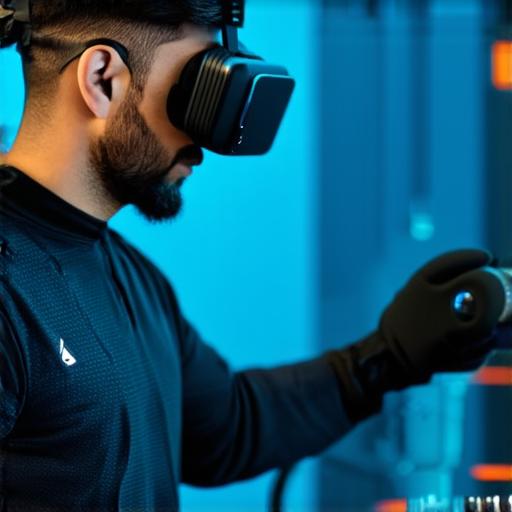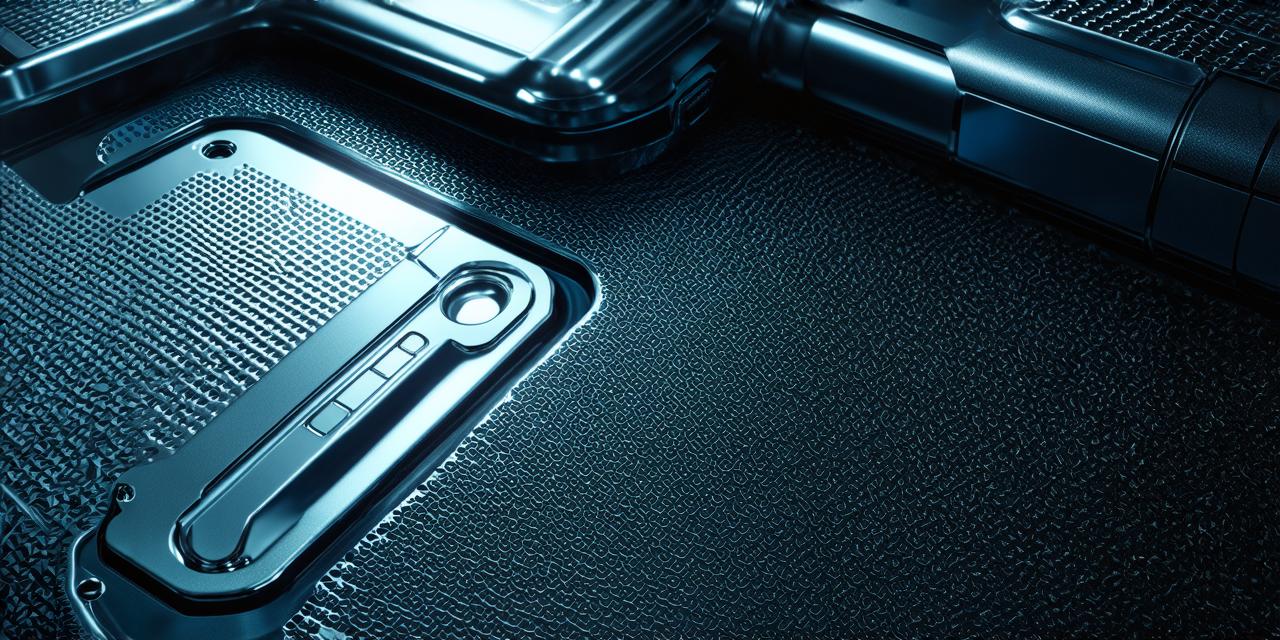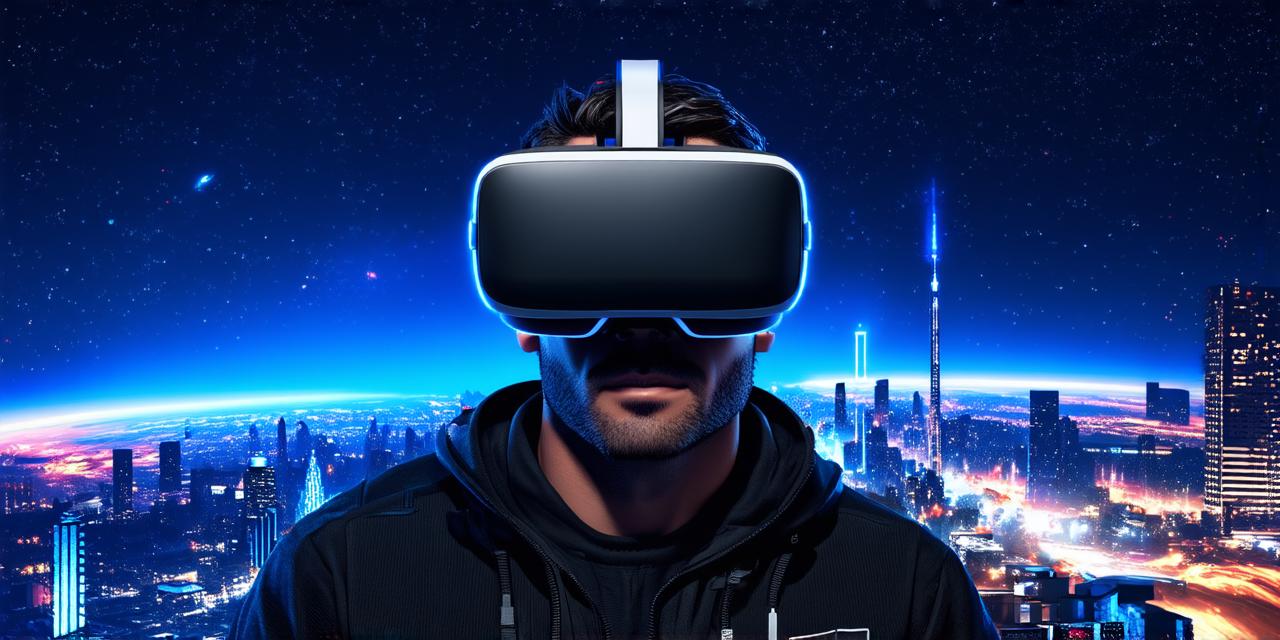Virtual reality (VR) technology has come a long way since its inception, with many people now experiencing immersive environments that allow them to escape the real world and explore new dimensions. However, not all VR experiences are created equal. In recent years, there has been growing interest in tactile virtual reality (tVR), which combines traditional virtual reality with haptic technology to create a more immersive and realistic experience.
What is Tactile Virtual Reality?
Tactile virtual reality refers to the use of haptic technology to provide users with a sense of touch in a virtual environment. Haptic technology is a branch of engineering that deals with the manipulation of human sensory perception through touch, sound, and motion. In tVR, this technology is used to simulate the sensation of touch in virtual environments, making the experience more realistic and immersive.
Tactile virtual reality can be experienced in various ways, including gloves that simulate the texture of objects or surfaces, vests that provide a sense of weight and movement, and even full-body suits that allow users to move and interact with their virtual environment as if they were physically present. For example, the HaptX glove is a device that uses sensors and actuators to simulate the sensation of touch in virtual environments, allowing users to feel objects and surfaces as if they were real.
How does Tactile Virtual Reality work?
Tactile virtual reality works by using sensors and actuators to gather data about the user’s movements and translate them into a sense of touch in the virtual environment. For example, when a user moves their hand, the tVR system uses sensors to track the movement and then sends signals to the haptic technology to simulate the sensation of touch. The actuators then provide feedback to the user’s skin, allowing them to feel the texture and weight of objects in virtual environments.
One of the key challenges in creating a tVR experience is ensuring that the simulation is realistic and accurate. This requires a deep understanding of human sensory perception and the ability to translate this data into a form that can be experienced by users. In addition, tVR systems must also take into account factors such as user comfort and safety, as well as the potential for physical injury or discomfort.
Case Studies:
There are several examples of tVR experiences that have been developed and tested in recent years. One notable example is the “HaptX” glove, which has been used in a variety of applications, including medical training, gaming, and even art therapy. For instance, doctors can use the HaptX glove to simulate surgical procedures, allowing them to practice their skills in a safe and controlled environment.
Gamers can also use the glove to experience realistic hand-held gameplay without the need for physical controllers. Another example is the “OmniSphere” full-body suit, which allows users to move and interact with their virtual environment as if they were physically present. The suit uses sensors and actuators to provide a sense of weight, movement, and touch, making it an immersive and realistic experience.
Research and Experiments:
Several studies have shown that tVR experiences can be effective in enhancing user engagement and immersion. For example, a study published in the Journal of Virtual Reality found that users who experienced a tVR environment were more likely to report feeling “present” than those who experienced traditional VR environments without haptic technology. This suggests that tVR experiences can provide a more realistic sense of presence, making users feel as if they are truly immersed in the virtual environment.
Other studies have shown that tVR can be effective in improving motor skills and coordination. For example, a study published in the Journal of Neuroscience found that stroke patients who used a tVR system to simulate arm movements were able to improve their real-world arm function more quickly than those who used traditional therapy methods. This suggests that tVR experiences can provide a safe and controlled environment for users to practice and improve their motor skills.

How does Tactile Virtual Reality differ from Traditional Virtual Reality?
Tactile virtual reality differs from traditional virtual reality in several ways. Firstly, tVR experiences provide users with a sense of touch in virtual environments, making the experience more immersive and realistic. Secondly, tVR experiences can be used for a variety of applications beyond just entertainment and gaming, including medical training, art therapy, and military simulations. Finally, tVR experiences have been shown to be effective in improving user engagement and immersion, enhancing motor skills and coordination, and simulating a wide range of environments and scenarios.
In conclusion, tactile virtual reality is an exciting new technology that combines traditional virtual reality with haptic technology to create more immersive and realistic experiences. As research and development in this field continue, we can expect to see even more innovative tVR applications in the future. Whether you’re a gamer, architect, or military personnel, tVR is likely to provide a valuable tool for enhancing your skills and improving your performance in virtual environments.




